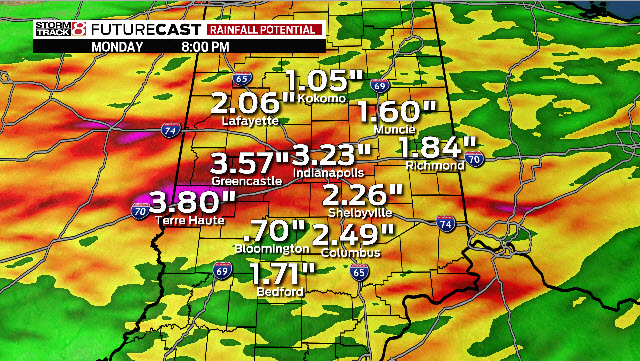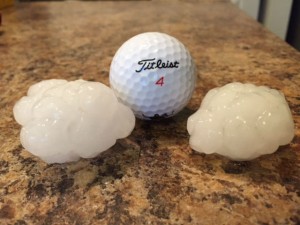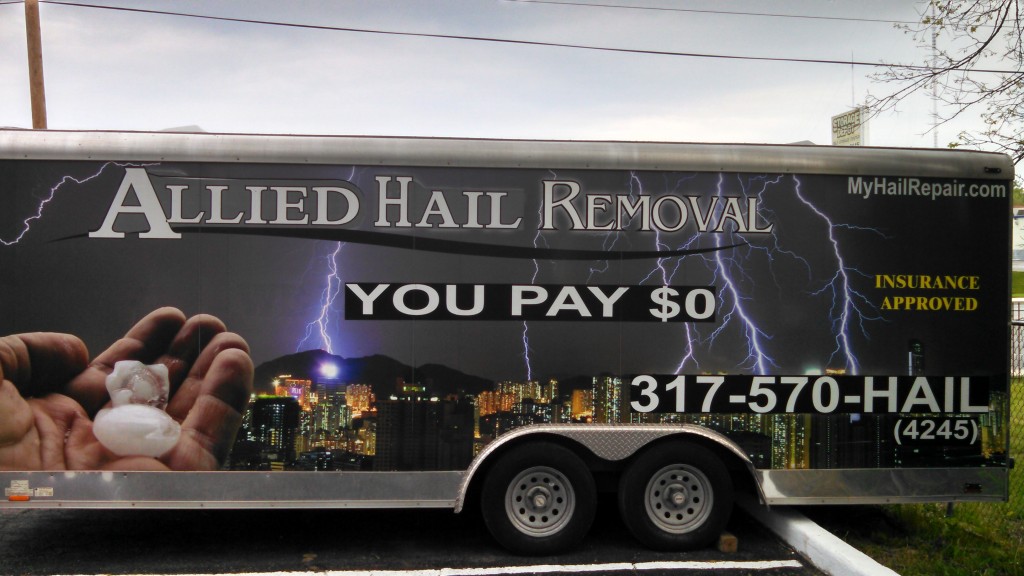Storm activity is not new for the State of Indiana at this time of the year. We experience severe thunderstorms, high winds, flooding, tornadoes, and hail which has caused massive damages to our homes, vehicles and properties.
It is a must that we as residents carry the proper insurance to minimize our losses. It is also very important that we choose the right company to assist us with our repairs. Most insurance companies have excellent provisions for facilitating the insured. They have also gone as far as excepting the responsibility per State Laws to extend the statue of limitations for the coverage periods in event you suffer a loss as a result of these devastating events.
It is the the insurance companies responsibility to assist you with the expense of the damages you incur to your home, auto, or properties given the proper coverage you choose, but it is your responsibility to choose the best company for your repairs.
AUTO
It is the comprehensive coverage that protects the insured that suffers “hail storm damage” versus collision coverage.
Collision vs. Comprehensive Car Insurance: What is the Difference?
The key difference in collision vs. comprehensive coverage is to a certain extent the element of the car driver’s control. Collision insurance will typically cover events within a motorist’s control, or when another vehicle collides with your car. Comprehensive coverage generally falls under “acts of God or nature”, that are typically out of your control when driving – a spooked deer, a heavy hailstorm, a carjacking, etc. Let’s take an example of Superstorm Sandy, which ravaged portions of the East Coast in October of 2012, to illustrate the differences of collision vs. comprehensive coverage. You can easily imagine the type of devastation to cars, among other things, that occurred during the week of Superstorm Sandy. Let’s take two unfortunate but likely events: the damage from a heavy tree branch falling on your car, and crashing into a tree when swerving to avoid a falling tree trunk. Generally speaking, because you as a car driver have no control over when or why a tree branch would fall on your car, this kind of accident would likely get reimbursed under your comprehensive policy. In the second situation, collision damage would pay for repairs to your car. Even though the primary and intervening cause was a falling tree part, the ultimate destruction to your car came from you driving a car into a stationary object. Regardless of which event hypothetically occurred to you, you can see why telling collision vs. comprehensive coverage apart can matter.
My suggested recommendation for your needed auto repairs is Allied Auto Hail Repair , a trusted company with over 30+ years combined expertise in management and servicing staff.




